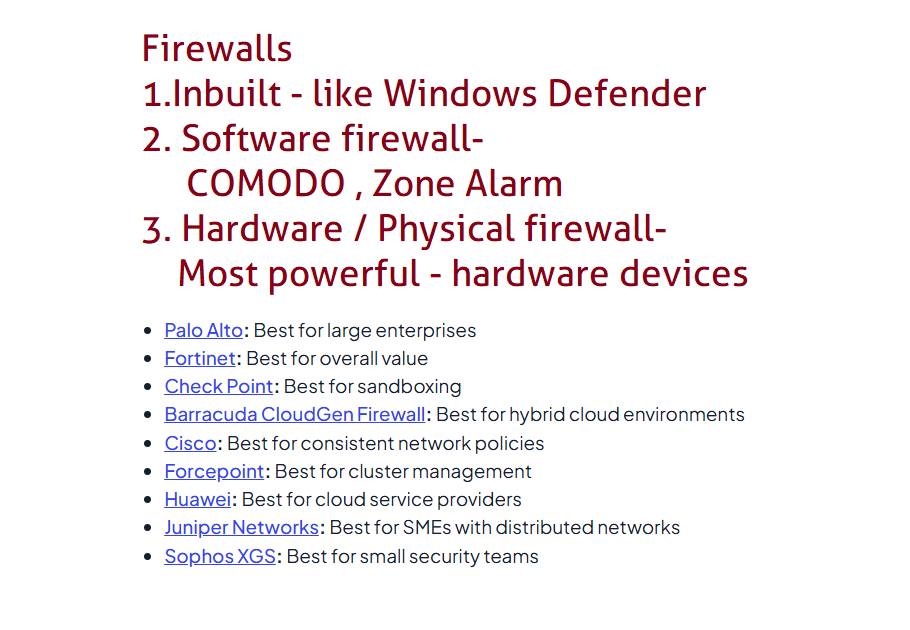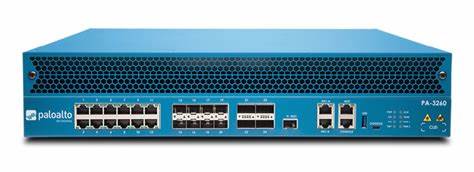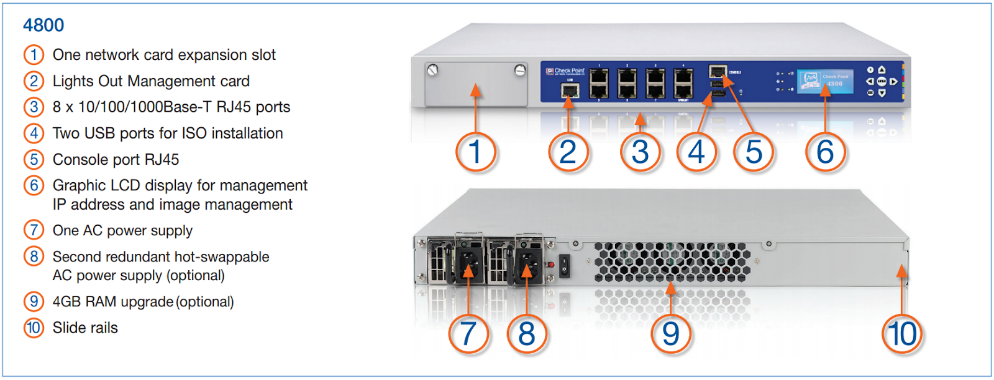Information Security Overview
What is Cybersecurity?
Cybersecurity refers to the practice of protecting systems, networks, and programs from digital attacks. These cyberattacks are usually aimed at accessing, changing, or destroying sensitive information, extorting money from users, or interrupting normal business processes.
Why is Cybersecurity Important?
Here are the most important reasons:-
• Data Protection:
Personal and sensitive information, from financial data to health records, needs to be safeguarded against unauthorized access.
• Business Continuity:
Cybersecurity measures ensure that businesses can continue to operate smoothly without disruptions from cyberattacks.
• Trust Building:
Effective cybersecurity builds trust with customers and clients, who rely on businesses to protect their data.
• National Security:
On a larger scale, cybersecurity is crucial for protecting national security and preventing cyber espionage.
Real-World Applications:
1. Banking and Finance:
Banks implement robust cybersecurity measures to protect against fraud and data breaches. For instance, they use encryption, multi-factor authentication, and real-time transaction monitoring.
2. Healthcare:
Hospitals and healthcare providers protect patient records with firewalls, encryption, and secure access controls.
3. E-Commerce:
Online retailers use cybersecurity practices to protect payment information and customer data, employing secure payment gateways and data encryption.
4. Government:
Government agencies use cybersecurity to protect classified information, prevent cyber espionage, and safeguard critical infrastructure.
5. Personal Devices:
Individuals use antivirus software, strong passwords, and secure Wi-Fi networks to protect their personal devices from cyber threats.
Types of Cyber Threats -
• Malware:
Malicious software designed to harm or exploit any programmable device or network.
• Phishing:
Fraudulent attempts to obtain sensitive information by disguising oneself as a trustworthy entity.
• Ransomware:
Malware that locks users out of their systems or data, demanding a ransom to regain access.
• Social Engineering:
Manipulating individuals into divulging confidential information.
• DDoS Attacks:
Distributed Denial of Service attacks overwhelm a network with traffic, rendering it unavailable.
How to staying safe using IT:-
• Update Software Regularly:
Ensure that all software and systems are up to date with the latest security patches.
• Use Strong Passwords:
Create complex passwords and change them regularly.
• Enable Multi-Factor Authentication:
Add an extra layer of security to your accounts.
• Be Wary of Phishing:
Be cautious when clicking on links or downloading attachments from unknown sources.
• Backup Data:
Regularly back up your data to protect against data loss from cyberattacks.
(Below mentioned are some important concepts.)
1. Authentication and Authorization
• Authentication:
Verifying the identity of a user or device. Examples include passwords, biometrics, and multi-factor authentication.
• Authorization:
Granting or denying access to resources based on the authenticated identity. This ensures users can only access data they are permitted to see.
2. Encryption
• Encryption:
The process of converting data into a coded format to prevent unauthorized access. There are two main types:
• Symmetric Encryption: Single key for encrypt and decrypt.
• Asymmetric Encryption: Uses Public and Private key pairs – Two keys.
3. Firewalls
Firewalls are security systems that monitor and control incoming and outgoing network traffic based on predetermined security rules. They act as barriers between trusted and untrusted networks.
4. Intrusion Detection and Prevention Systems (IDPS)
• Intrusion Detection System (IDS):
Monitors network traffic for suspicious activity and alerts administrators.
• Intrusion Prevention System (IPS):
Takes action to block or prevent detected threats in real-time.



5. Malware and Anti-Malware
• Malware:
Malicious software designed to damage, disrupt, or gain unauthorized access to systems.
• Anti-Malware:
Software designed to detect and remove malware. Regular updates and scans are crucial for protection.
6. Phishing and Social Engineering
• Phishing:
Deceptive attempts to obtain sensitive information by pretending to be a trustworthy entity, often through email.
• Social Engineering:
Manipulating individuals into divulging confidential information or performing actions that compromise security.
7. Patch Management
Regularly updating software and systems with security patches to fix vulnerabilities and prevent exploitation by attackers.
8. Data Backup and Recovery
• Data Backup:
Creating copies of important data to restore in case of loss or damage.
• Data Recovery:
Retrieving lost or damaged data from backups to ensure business continuity.
9. Network Security
Measures taken to protect the integrity, confidentiality, and availability of data during transmission. Includes securing Wi-Fi networks, using VPNs, and employing network segmentation.
10. Incident Response
A structured approach to managing and responding to cybersecurity incidents. Includes preparation, detection, containment, eradication, recovery, and lessons learned.
11. Zero Trust Architecture
A security model that assumes no trust for any user or device, whether inside or outside the network. Continuous verification and least privilege access are key principles.